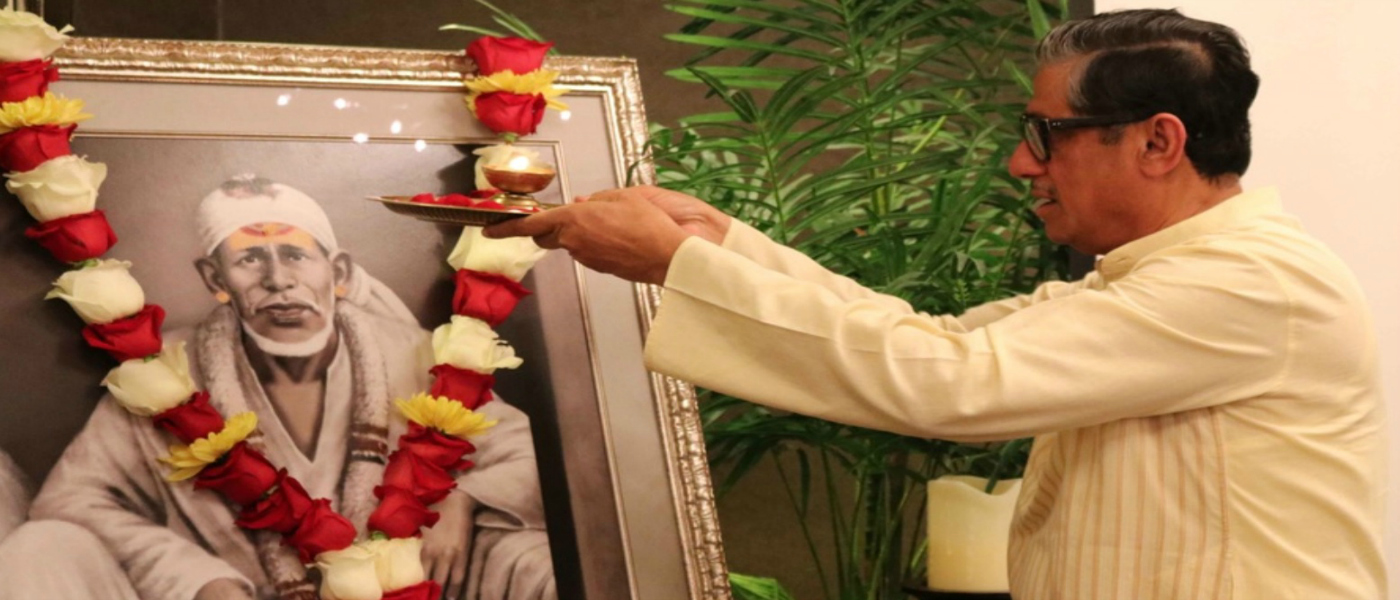How does devotion arises in a devotee?

To elucidate the workings of Shri Guru and “Guru Parampara” (Guru-disciple tradition) is not a trivial task. There are two ways to meditate on Shri Guru – one is with his form (“Sakara”) and the other is formless (“Nirakara”), also known as “Saguna” and “Nirguna” respectively. It’s easy for the devotee to meditate with Guru’s form. However, once in meditation, they should slowly proceed to ruminate the limitless existence of Shri Guru – It makes meditation effortless.
Few aspects need to be considered before beginning “Sakara” meditation. Sit before Guru’s statue or portrait in Padmasana (Lotus position), or Siddhasana (The accomplished pose), close your eyes and meditate on Shri Guru’s form. In this type of meditation, the devotee steadily deliberates on Shri Guru’s form. He first mentally focuses on Guru’s toes and slowly proceeds towards his forehead and then goes back from top to bottom. By doing so, the devotee is able to see the entire form of Shri Guru in his mind’s eye. Few devotees can meditate on Shri Guru with their eyes wide open. In this type of meditation (known as “Shambhavi Mudra”), the devotee experiences higher stages of consciousness and his consciousness dissolves in Shri Guru. Devotion arouses in a devotee’s heart when he meditates on Guru’s form and remembers his divine personality.
When a devotee gets engrossed in Guru’s devotion and regards him as the savior of the present and past lives, the wire-puller of this universe, waves of devotion arouses in his heart, which reverberates in his subconscious mind. Then, the devotee realizes that Shri Guru is “Brahma Shakti” – the creational force, and is able to see his shuttle form. Though Guru externally appears as human, internally he is God-incarnate.
Source: Shri Guru Bhagavat Prashnottari (compiled by Shri Sai International School, Bhubaneswar in Odia language)
